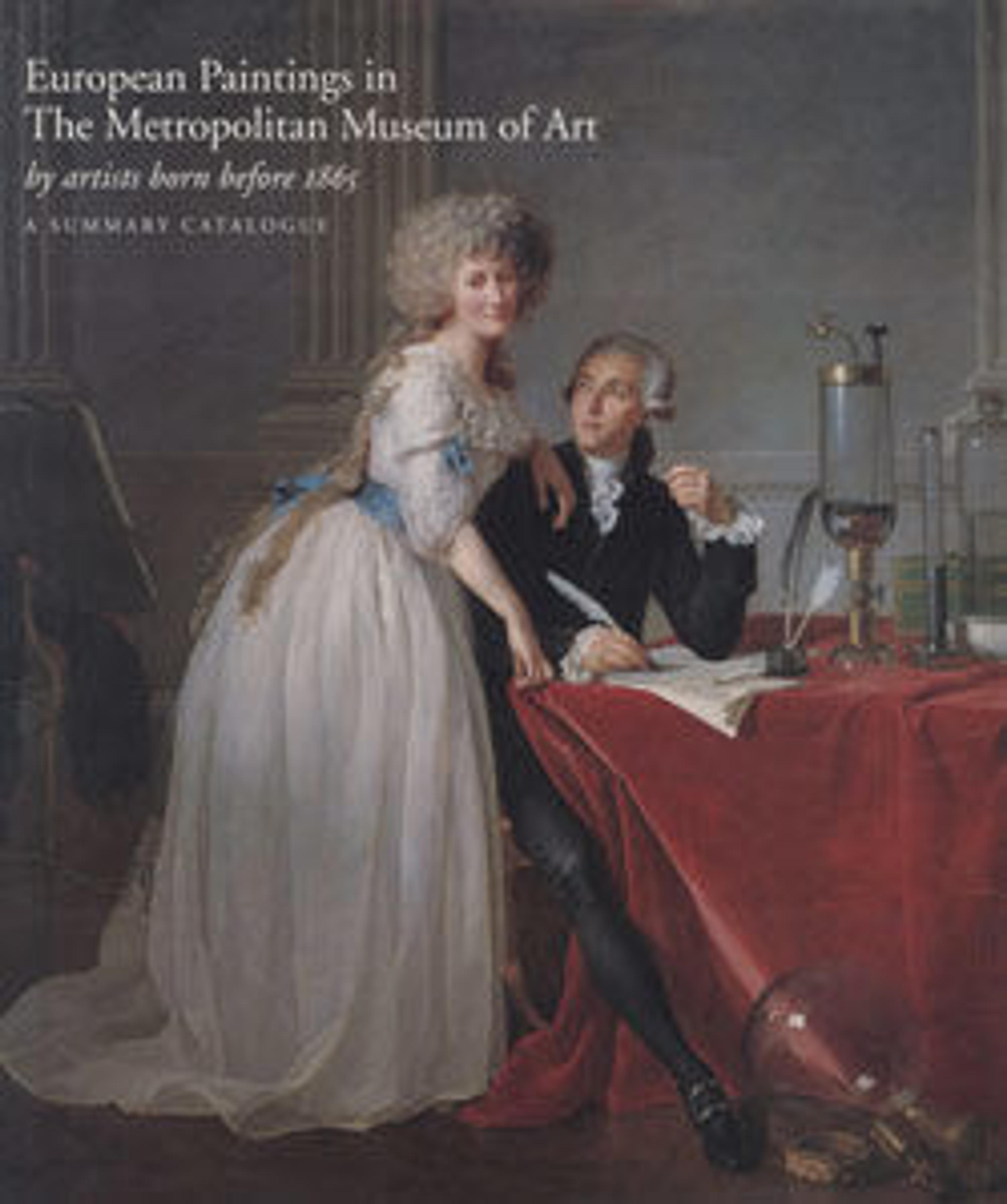Alexander the Great Rescued from the River Cydnus
According to Testa’s earliest biographer, the artist sought to study the light and atmosphere of night by standing along Rome’s Tiber River “drawing and observing some reflections of the rainbow in the water.” The results were melancholy landscapes that prefigure the work of nineteenth-century Romantic landscape painters. It was in such a situation of direct observation by night that Testa evidently drowned, allegedly by suicide, in 1650. This dramatic depiction of Alexander the Great suffering from a sudden chill while bathing in the river Cydnus is considered one of his final paintings, and it eerily echoes his biography.
Artwork Details
- Title:Alexander the Great Rescued from the River Cydnus
- Artist:Pietro Testa (Italian, Lucca 1612–1650 Rome)
- Date:ca. 1650
- Medium:Oil on canvas
- Dimensions:38 x 54 in. (96.5 x 137.2 cm)
- Classification:Paintings
- Credit Line:Gift of Eula M. Ganz, in memory of Paul H. Ganz, 1987
- Object Number:1987.75
- Curatorial Department: European Paintings
More Artwork
Research Resources
The Met provides unparalleled resources for research and welcomes an international community of students and scholars. The Met's Open Access API is where creators and researchers can connect to the The Met collection. Open Access data and public domain images are available for unrestricted commercial and noncommercial use without permission or fee.
To request images under copyright and other restrictions, please use this Image Request form.
Feedback
We continue to research and examine historical and cultural context for objects in The Met collection. If you have comments or questions about this object record, please contact us using the form below. The Museum looks forward to receiving your comments.
